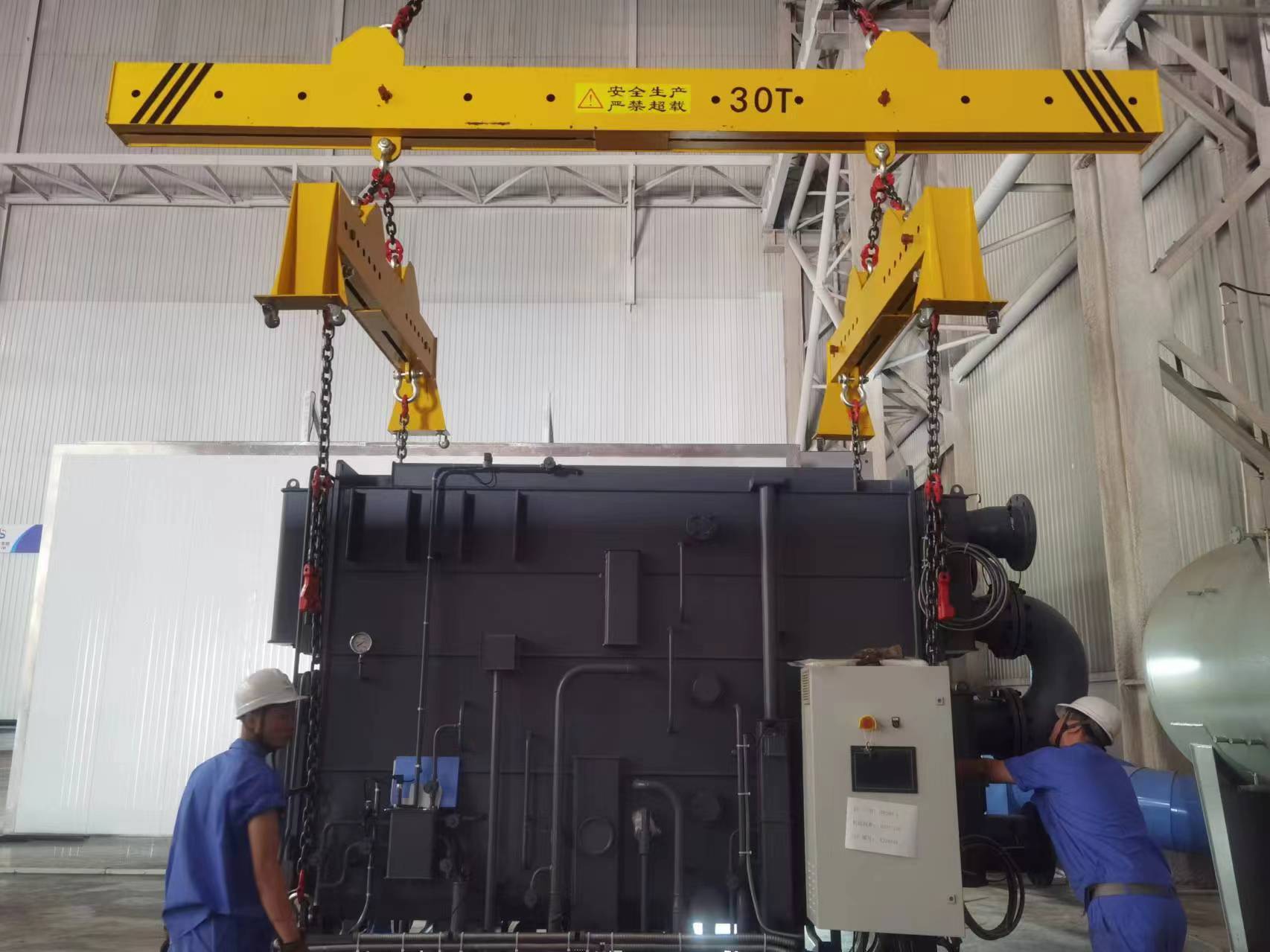Henan Aifite Intelligent Equipment Co., LTD.
Crane Spreader Market Development Trends: High-End, Modularization, and Service-Oriented
2025-10-18
Market Size Growth:
China's lifting tool market is projected to grow from 38.7 billion yuan in 2025 to 58.2 billion yuan in 2030, with a compound annual growth rate of 8.5%. The share of heavy-duty spreaders (over 20 tons) is projected to increase from 27% to 35%, with demand from new energy sectors such as wind power and nuclear power growing 18% annually.
1. High-End: Breakthroughs in Intelligent Spreader Systems
Real-Time Health Monitoring: Spreader detection programs, embedded in controllers, enable real-time data collection on opening and closing lock limits, communication faults, and other data, increasing the detection rate of potential hazards by 60%. IoT and digital twin technology enable millisecond-level backtracking of spreader operating conditions, improving troubleshooting efficiency by 30%.
High-Precision Positioning and Control: The "Multimodal AI Vision + Edge Computing" system, utilizing industrial cameras and domestically produced chips, achieves a 99% container lockhole recognition rate with a position error of ±1.5 cm, an 80% improvement over traditional solutions.
2. Modularity:
Market acceptance of standard interface spreader systems has reached 75%, allowing users to quickly combine different functional modules (such as weighing and anti-sway). For example, Effit spreaders can be quickly and conveniently configured into user-defined models to meet the lifting needs of different loads and different lifting equipment.

3. Service-Oriented Transformation:
Accelerating the development of a "device + data + service" ecosystem, the remote operation and maintenance platform for intelligent spreaders provides fault prediction and preventive maintenance, reducing customers' annual operation and maintenance costs by 30%.
Challenges and Responses
Balancing Cost and Efficiency: High-end materials such as carbon fiber are relatively expensive, and companies are reducing costs through process optimization and large-scale production. Meanwhile, the used spreader remanufacturing market is gradually emerging, with leading companies offering refurbishment services to reduce user procurement costs.
Technology Integration and Talent Development: Intelligent spreaders require interdisciplinary technologies (IoT, AI, and materials science), and companies are strengthening industry-university-research collaboration. Furthermore, policies encourage companies to conduct training for specialized operations personnel to improve the overall skills level of the industry.
In 2025, the crane and spreader industry will be characterized by three key themes: intelligence, lightweighting, and green development. Policy-driven and technological innovation will jointly drive the market's upgrade to high-end products. In the future, as demand for emerging scenarios such as offshore wind power and smart logistics grows, companies with capabilities in material research and development, digital integration, and service delivery will gain a competitive advantage.
Previous Page:
Next page:
Real-time information


